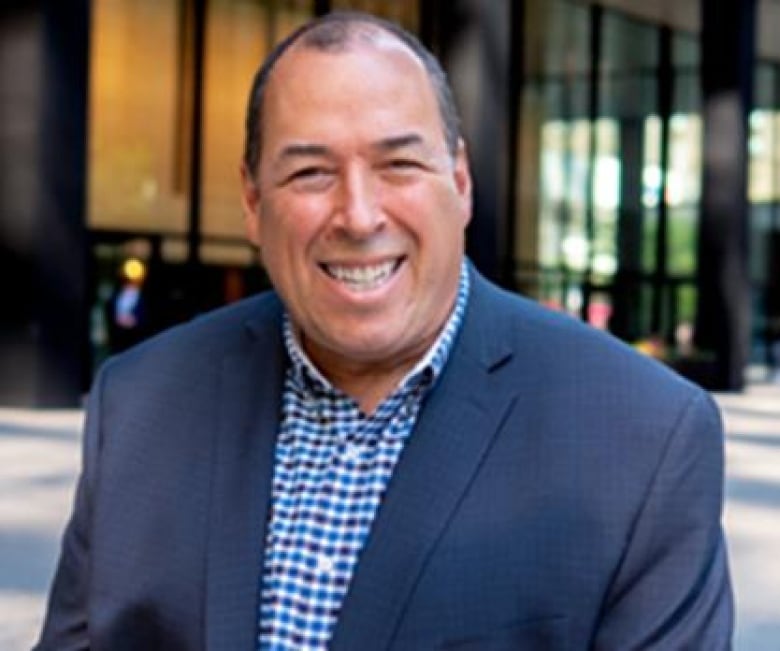Construction companies build new departments to better work with Indigenous communities
A growing number of construction companies across Canada are putting time and money into starting their own Indigenous relations departments to help improve how they work with Indigenous communities and possibly address a coming labour shortage.
While the duties of each department vary from company to company, many look to employ Indigenous workers, hire Indigenous subcontractors, and collaborate with Indigenous leaders to plan construction projects.
There are no hard numbers on how many companies have started these departments, but many large construction firms have, according to Mary Van Buren, president of the Canadian Construction Association.
“It’s becoming more a part of doing business,” she said.
Van Buren’s association represents 20,000 construction firms across Canada.
Construction companies have been gradually building Indigenous relations departments over the last few years, but recently more emphasis has been put on them, according to Duncan Williams, president and CEO of the Construction Association of Nova Scotia.

Hiring staff specifically to work with Indigenous groups impresses Paul Prosper, a regional chief with the Assembly of First Nations. He represents Nova Scotia along with Newfoundland and Labrador.
Prosper said it’s important that companies understand the dynamics that exist in Indigenous communities and work to establish open and trustworthy relationships with them before they start construction projects on Indigenous land.
“I think it’s certainly a good thing to see that concerted effort and that emphasis on, you know, engagement within Aboriginal and Mi’kmaw communities. I certainly commend that approach,” he said.
Attracting new workers
Many companies are “attempting all kinds of different strategies to attract Indigenous and underrepresented groups into the industry,” said Van Buren.
Attracting new workers is incredibly important right now because of the mass retirement of baby boomers expected over the next decade. Canada’s construction industry will need to recruit, train, and retain 309,000 new workers as we move into 2030, according to a national report from BuildForce Canada.
BuildForce is an organization that studies the construction industry and assembles long-term labour forecasts.

In Nova Scotia alone it’s expected that 8,000 to 9,000 new workers will need to be recruited by 2030, said the Construction Association of Nova Scotia’s Duncan Williams.
“Diversity breeds creativity,” said Williams. “The more we can tap into that untapped talent, the better. It brings about creativity, it brings about innovation, but it also addresses a very dire need for labour.”
Indigenous youth could help solve that labour shortage, according to Tim Laronde, a member of the Nipissing First Nation in Ontario and national director of Indigenous strategies with Chandos Construction.
He said the fastest-growing demographic in Canada right now is Indigenous youth. If those young people take an interest in construction, it would be a win-win for the industry and Indigenous communities, he said.
“Ultimately the end result would be creating economic wealth for these communities and for these individuals. I think it’s great the construction industry is embracing that,” said Laronde.

He believes many companies are setting up departments like his because of the calls to action made by the Truth and Reconciliation Commission. The commission was set up as a requirement of the Indian Residential Schools Settlement Agreement, the largest class-action settlement in Canadian History.
The commission made a detailed account of what happened to Indigenous children who were physically and mentally abused in Canada’s residential school system. Part of that final report were 94 calls to action to repair the harm caused by residential schools. Number 92 on that list was a call for businesses in Canada to adopt the United Nations Declaration on the Rights of Indigenous Peoples.
“It’s really an opportunity to try to work more closely with Indigenous communities, so I think a lot of corporations are kind of looking at their own vision and mission and they decided that this is a tremendous opportunity to help a group of people who have been disadvantaged,” said Laronde.

Chandos Construction is doing that by hiring Indigenous workers and working on business development programs to create joint ventures with Indigenous communities. The company is also examining ways to hire more Indigenous subcontracting companies.
‘Renew that relationship’
Bird Construction has been doing similar things across the country.
It has put in policies and programs to try and positively contribute to the overall well being of the Indigenous people the company comes into contact with.
“How can we create opportunity to allow these Indigenous people to grow and to thrive? That’s just a cultural philosophy we have at Bird,” said Jeff Provost, Indigenous business relations manager for Bird Construction and a Métis from Manitoba.

Besides just hiring Indigenous workers, Provost believes employing Indigenous businesses as subcontractors is one of the best ways to get and keep money in Indigenous communities.
In the northern B.C. community of Kitimat, Bird is building housing for workers at a liquefied natural gas plant. One third of all of Bird’s subcontractors on that project were Indigenous companies. Provost estimates on that job $148 million will be paid out to indigenous businesses.
Another project to build a recreational centre at Red Sucker Lake First Nation in Manitoba saw the company put $391,000 into the community by hiring seven local workers, along with paying for local equipment and materials. Provost said that money represents 8.9 per cent of the total value of the project.
“We understand that we’re probably still at the beginning of our economic reconciliation journey,” said Provost.
“I really do encourage companies out there to take this seriously … this is a gauntlet that’s thrown down for everyone in Canada to again renew that relationship with Indigenous people. It can be better. ”



